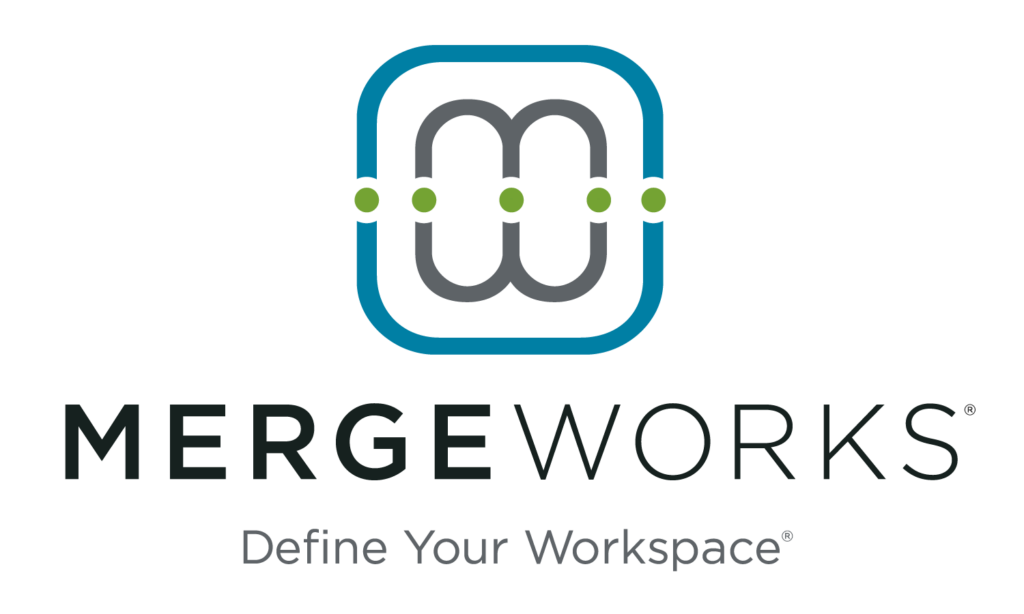The federal government is again working on final changes to its independent contractor guidelines. Getting this sticky area wrong can hold dire consequences with potential litigation, fines, fees, and, of course, back taxes.
Employee classification can be a fast-changing, confusing area of business and tax law—especially if you hire workers across state lines. The rule constantly changes because each U.S. presidential administration tends to have its own preferences on how they should be written and enforced. Enter the Biden administration and its anticipated new independent contractor rule expected in 2023.
Biden’s expected rule returns to the more traditional multiple economic reality test that pre-dated the Trump administration’s changes. There was fear that the new rule would veer dangerously close to California’s stringent “ABC Test” for independent contractor relationships, which cracks down hard on businesses that rely on delivery drivers. It won’t go that far, but Bloomberg Law does point out that the proposed rule highlights “whether the work is an integral part of the employer’s business, and skill and initiative,” which could be an attempt at mimicking the California test.
Whatever the final rule states, it won’t be a clear path forward. Even the IRS admits “there is no ‘magic’ or set number of factors that ‘makes’ the worker an employee or an independent contractor, and no one factor stands alone in making this determination. The keys are to look at the entire relationship, consider the degree or extent of the right to direct and control, and finally, to document each of the factors used in coming up with the determination.”
So, while it’s critical to keep an eye on the final rule and its nuances, you’ll need to consult your legal and tax advisors to determine how it affects your workforce more confidently. This is particularly true if you hire a large number of independent contractors and you’re in a sector that is targeted for scrutiny by the government. One such sector is construction. Misclassified workers are the backbone of many construction companies. It’s been reported that the practice allows those businesses to underbid on contracts by an average of 20%. More than 37% of Texas construction workers are believed to be misclassified, significantly contributing to the state’s $54.5 million loss in unemployment tax revenue.
That’s put tax collectors on notice.
The IRS and the Texas Workforce Commission (and similar local agencies) investigate businesses suspected of misclassifying workers as independent contractors. Both have the power to levy fines and penalties on employers found to be in violation. Those fines depend on the severity and scope of the violation.
The IRS has tiered fines, ranging from an initial warning (with no fine) to up to $5,000 per misclassified worker. Employers will also be held responsible for paying back taxes on unpaid wages and contributions to Social Security, Medicare, and Unemployment Insurance that should have been paid at the time of employment. If you collect payroll taxes but don’t submit them to the appropriate taxing entities, you enter into serious trust fund recovery penalty (TFRP) territory. The TFPR assigns the burden of payment (and possible criminal charges) to the individuals in the business responsible for payroll. Employers may also be required to pay state and local tax penalties, unpaid overtime wages, and even attorney’s fees, if applicable. The IRS can also revoke a business’ tax-exempt status or impose an excise tax in some instances.
Federal safe harbor rules that could help avoid back taxes and penalties might apply in some instances. But, as TWC points out, the state’s rules are different and are “not bound by the IRS safe harbor rule or by any particular ruling that IRS makes under the federal law.” It’s a tricky area that is best handled proactively. For questions, feel free to contact us.















